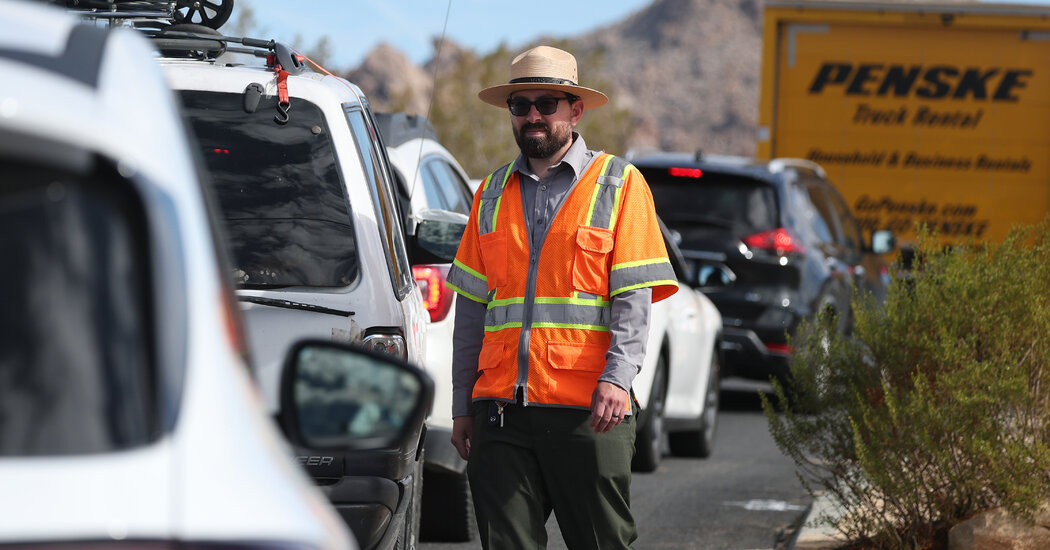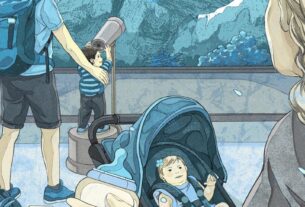The impact on Yellowstone
At 2.2 million acres, Yellowstone is about the size of Rhode Island and Delaware combined. Seasonal park workers help manage and service its five park entrances, nearly 1,000 miles of backcountry trails, seven park-operated campgrounds with 450 campsites, 52 picnic areas, and 11 visitor centers, museums and contact stations.
Yellowstone has approximately 300 permanent employees, but typically hires 200 or more seasonal workers. Yellowstone managers usually aim to fill those seasonal spots by mid-March so they are ready when the park opens to auto traffic starting in mid-April. The federal hiring process includes lengthy background checks, and some workers require specialized training on everything from grizzly bear safety to first aid to backcountry horse packing.
Even a seasonal job like emptying trash cans is critical at Yellowstone, where garbage must be collected daily from scores of receptacles across the park, lest they become a food source for grizzlies and other wildlife.
Arianna Knight, 29, of Bozeman, Mont., the wilderness trails supervisor for the Yellowstone District of the Custer Gallatin National Forest, was let go on Feb. 14 along with more than 30 other Custer Gallatin employees. Ms. Knight said she and two workers under her supervision typically cleared 4,000 downed trees and logs from hundreds of miles of trails each year, often hiking and using hand tools for a week at a time in wilderness areas, where federal law prohibits motorized vehicles and mechanized tools like chain saws.
Now those trails won’t be cleared, Ms. Knight said, adding, “People are going to suffer.”
Will there be search-and-rescue staffing?
Others worry about safety in the parks. According to a 2023 National Park Service study, the rate of heat-related illnesses and deaths in the parks may double in the coming years as temperatures rise because of climate change. In the summer of 2023, N.P.S. reported its highest number of heat-related illnesses, citing deaths at Big Bend National Park in Texas and at Death Valley National Park, where temperatures reached 129 degrees Fahrenheit. Last summer, triple-digit heat led to deaths in the Grand Canyon and at Canyonlands National Park in Utah.





